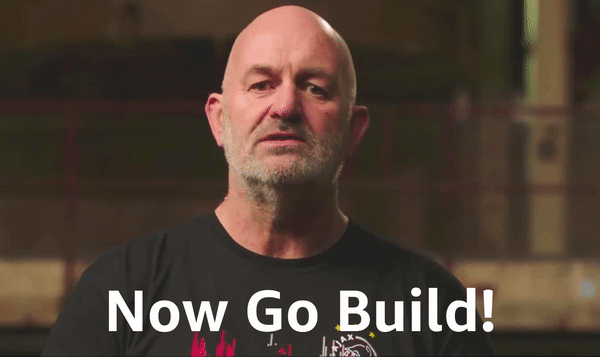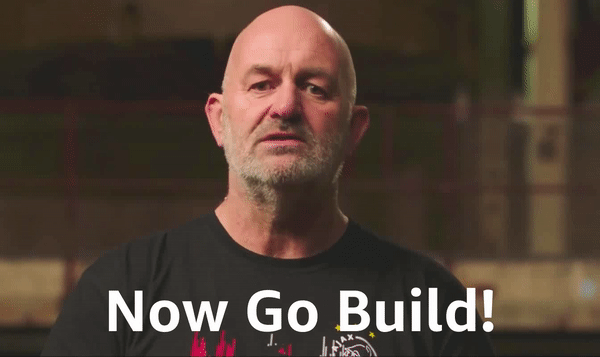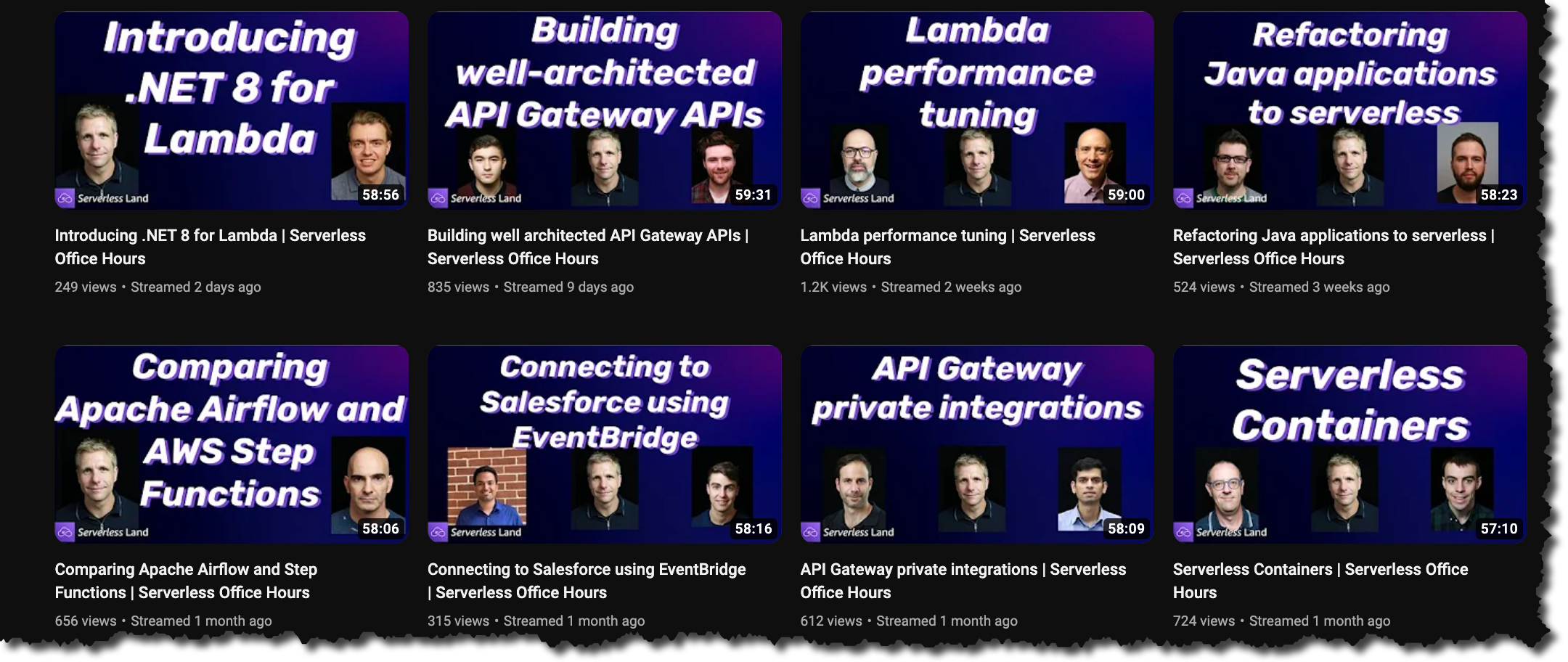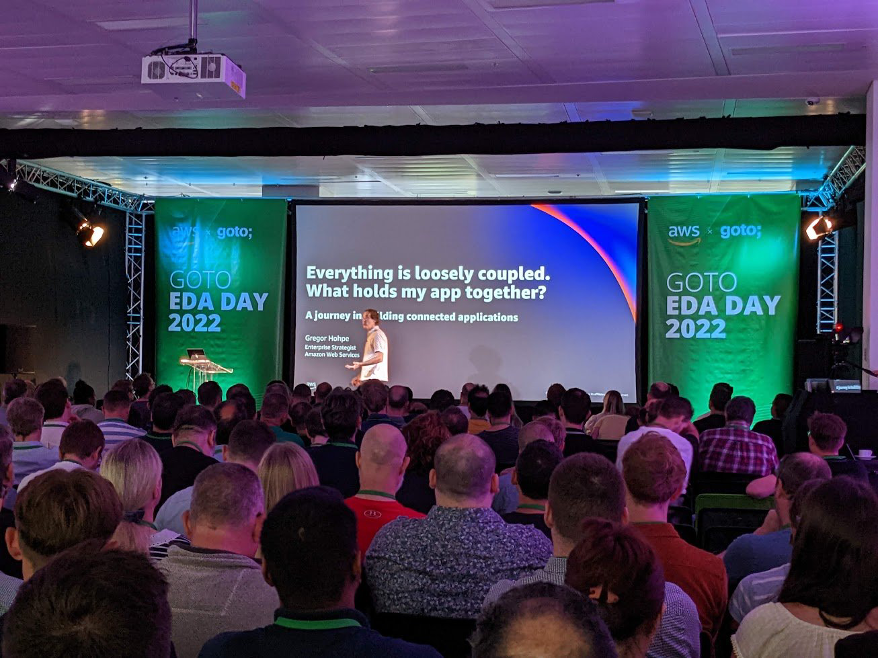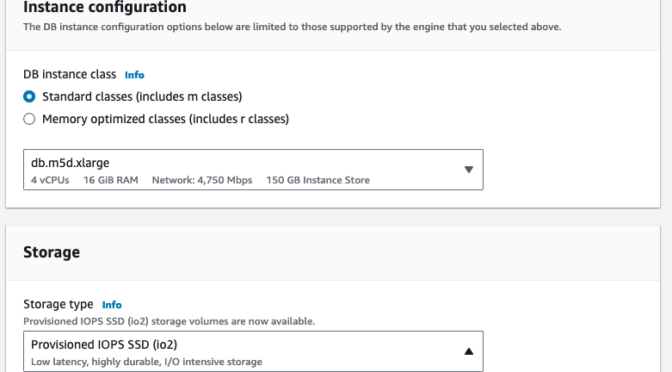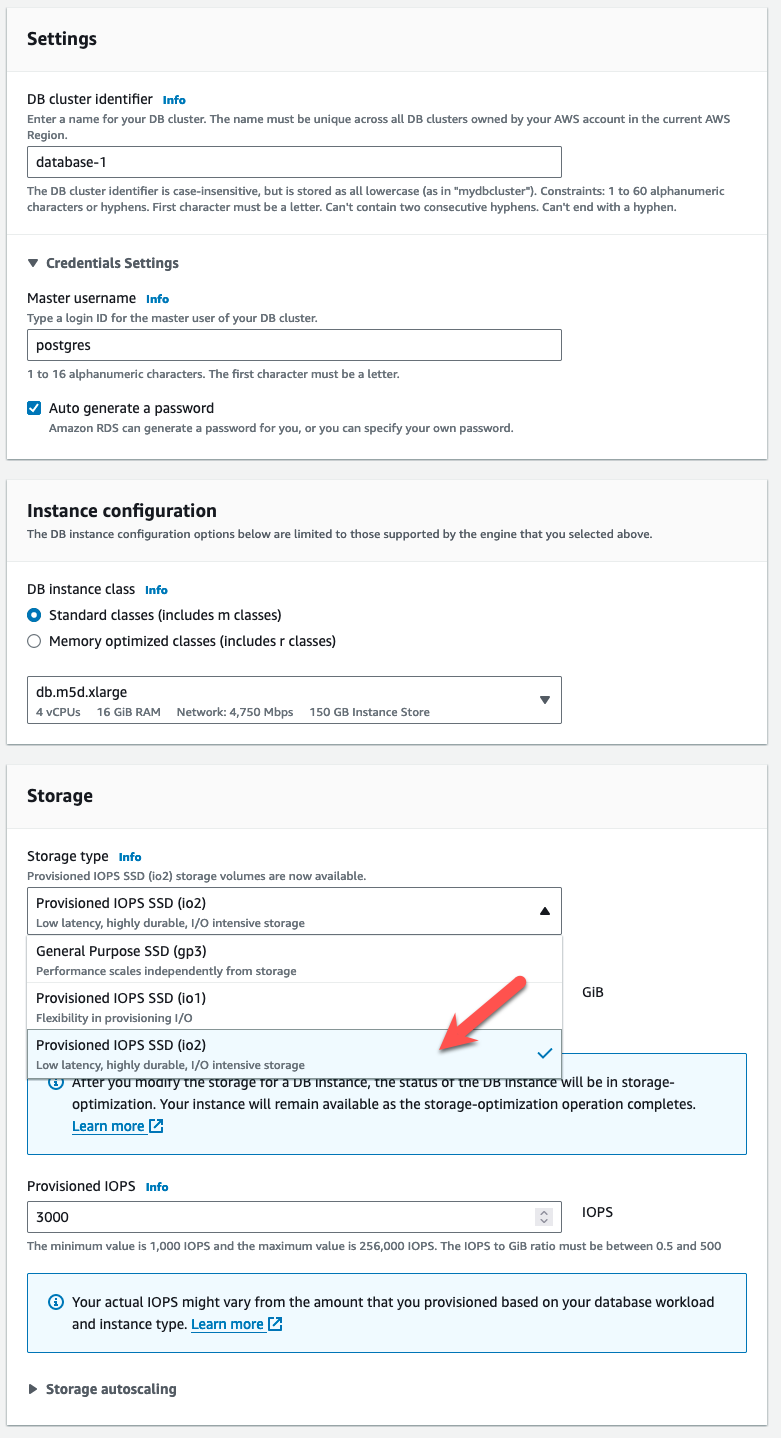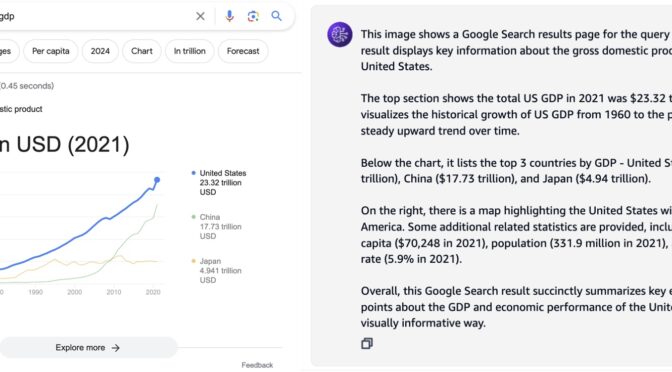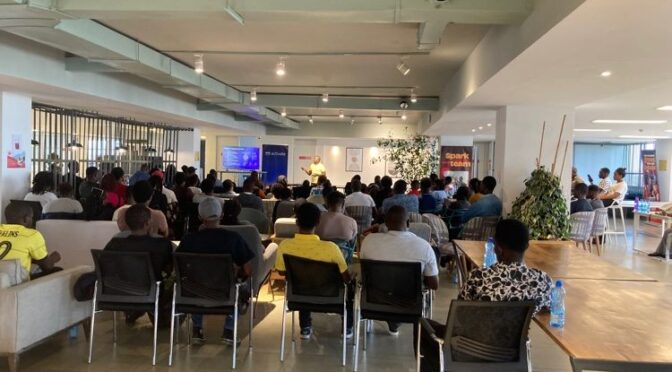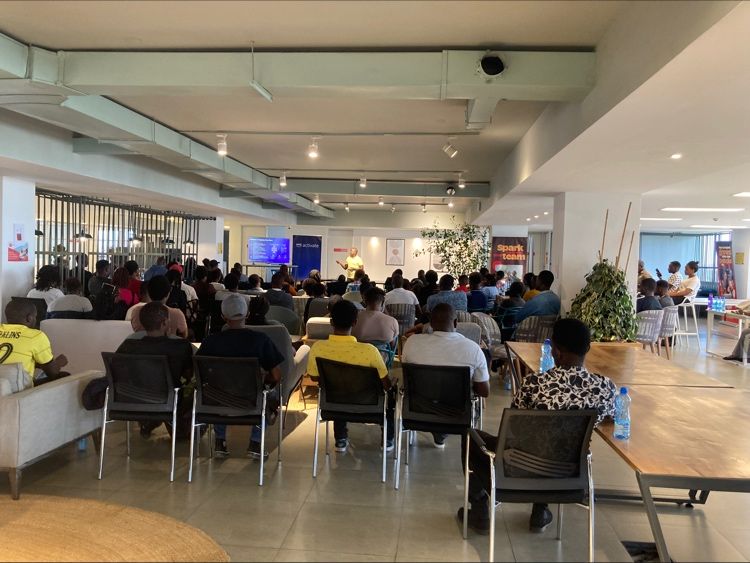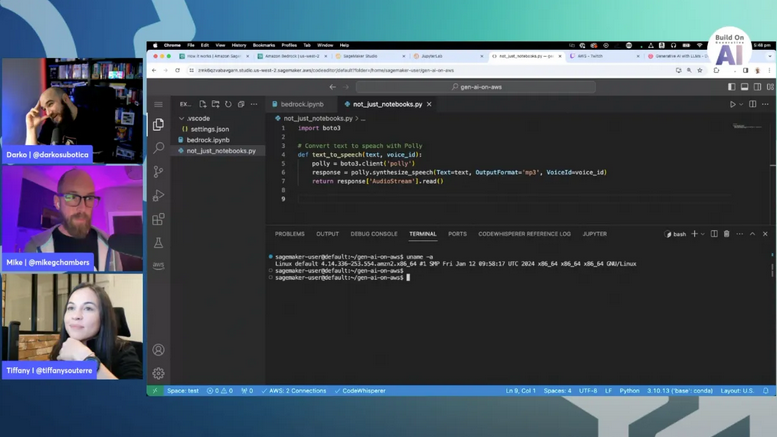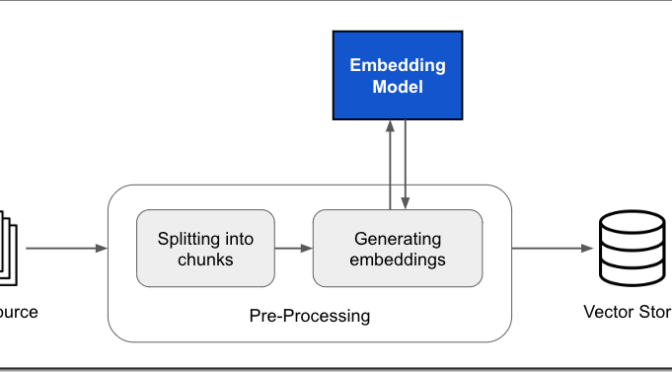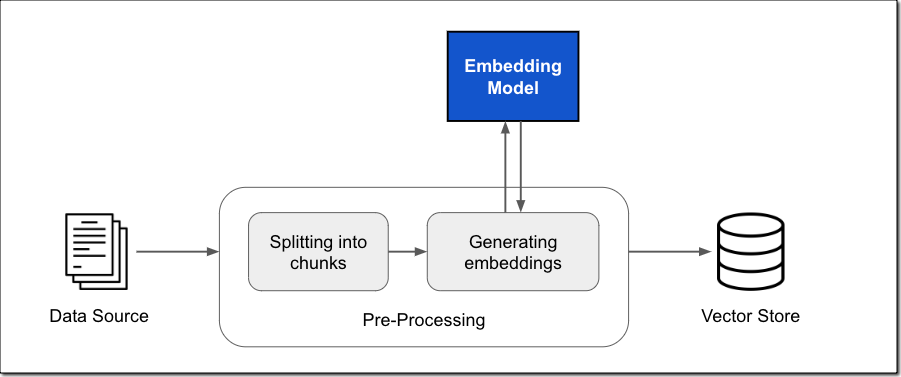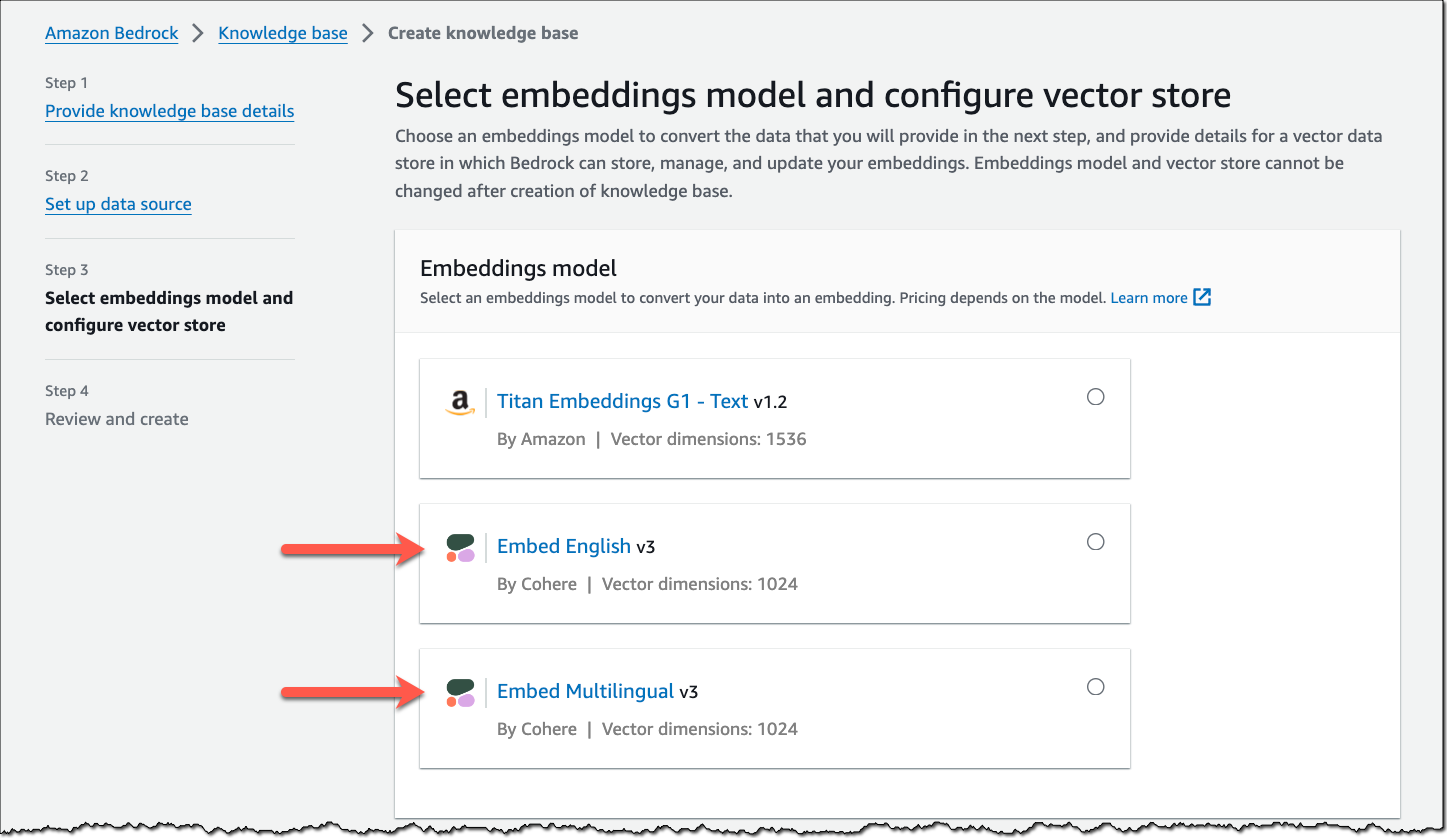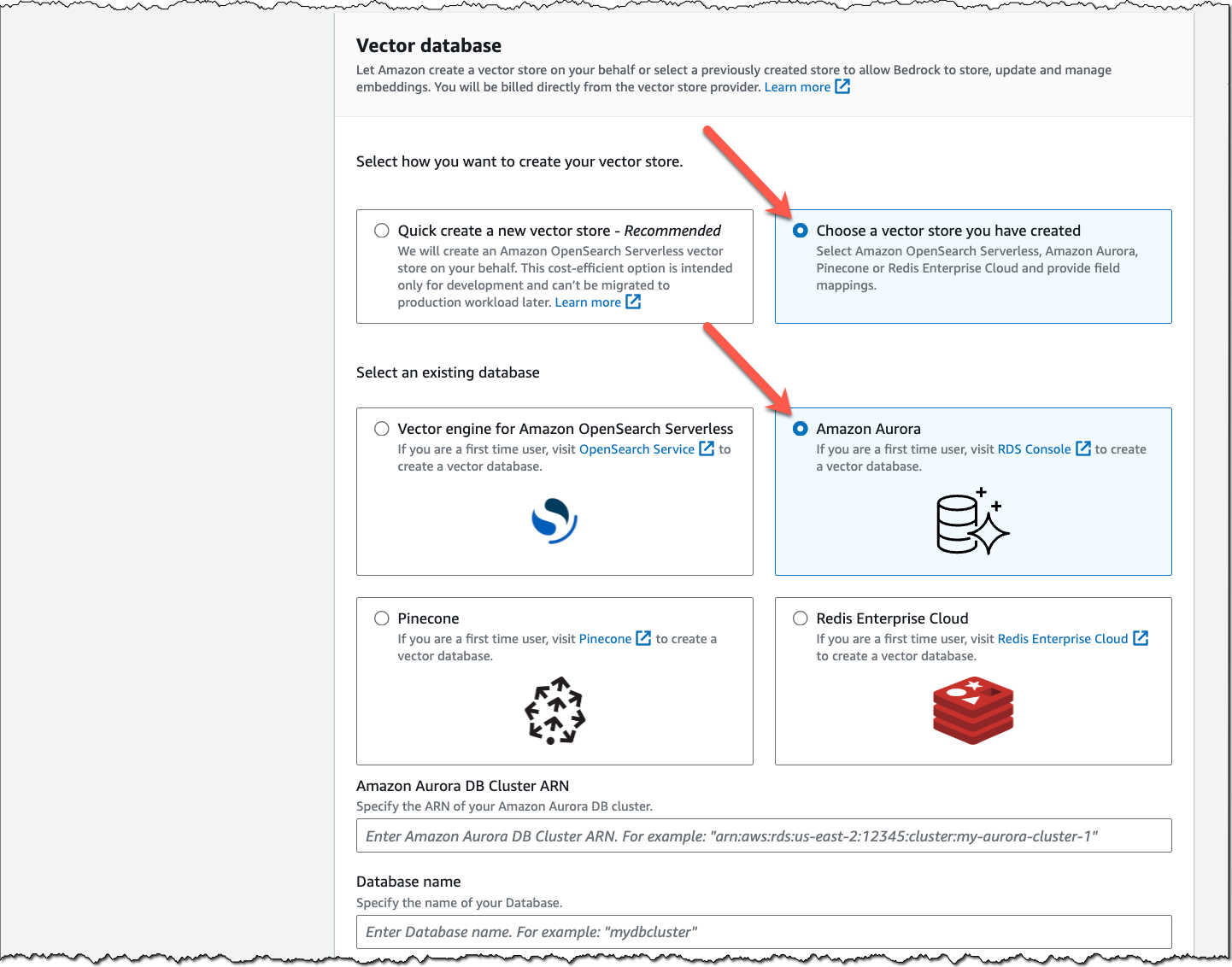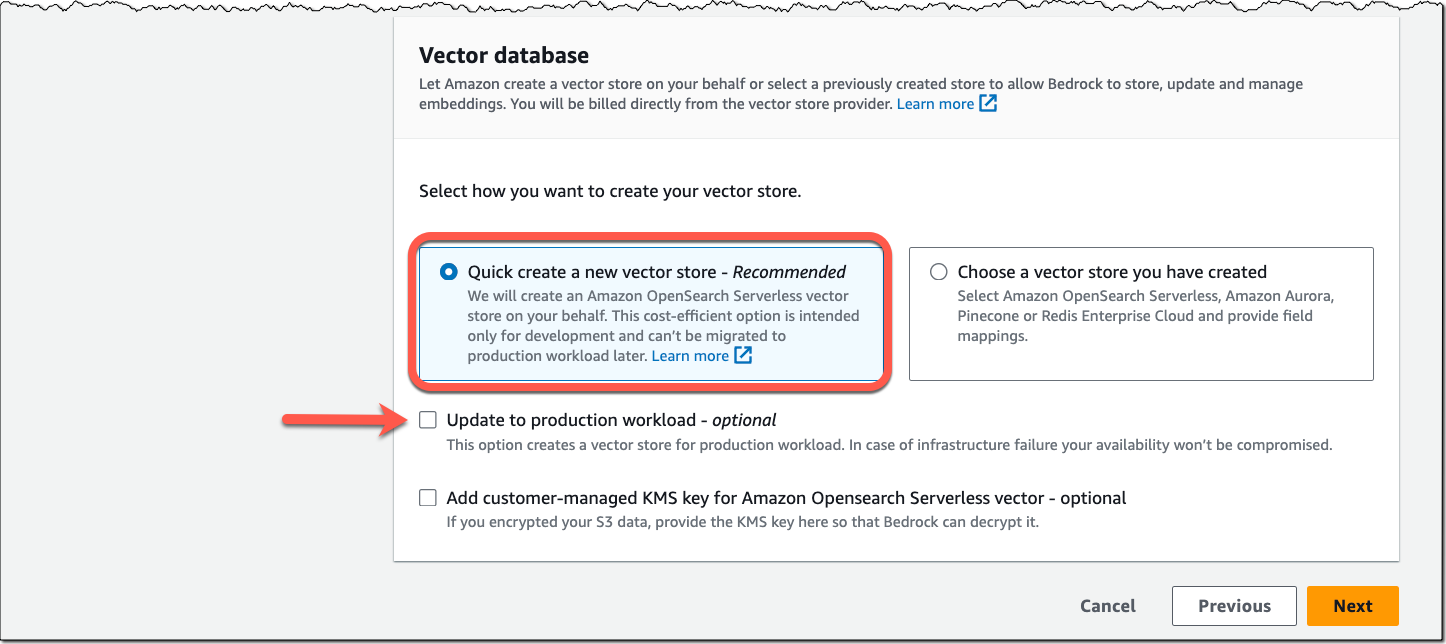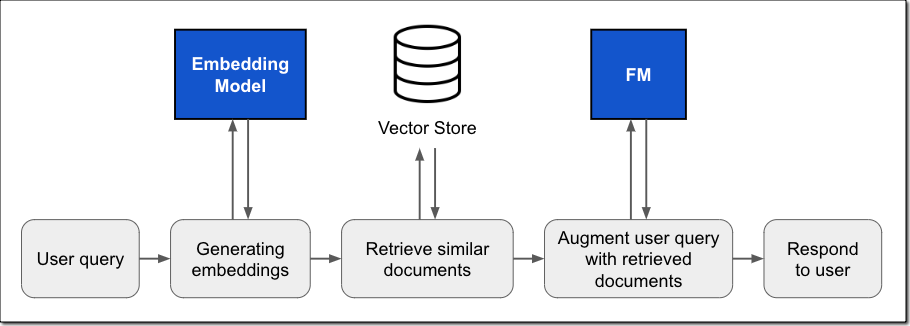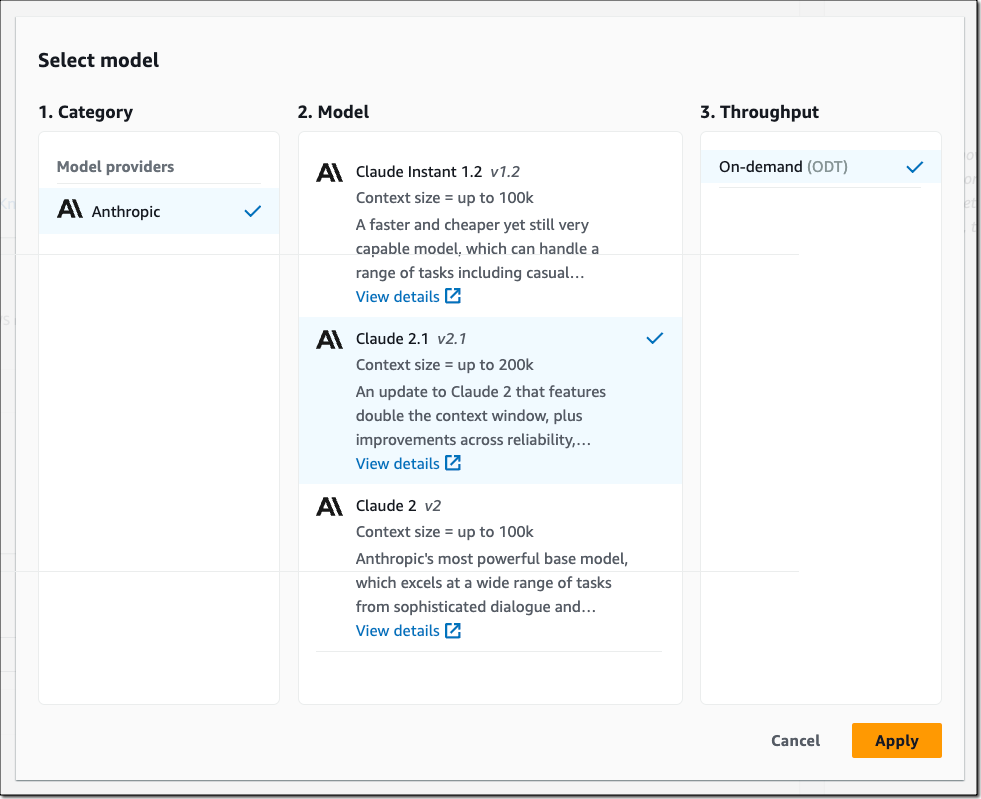This
post was originally published on
this siteIn September 2023, we announced a strategic collaboration with Anthropic that brought together their respective technology and expertise in safer generative artificial intelligence (AI), to accelerate the development of Anthropic’s Claude foundation models (FMs) and make them widely accessible to AWS customers. You can get early access to unique features of Anthropic’s Claude model in Amazon Bedrock to reimagine user experiences, reinvent your businesses, and accelerate your generative AI journeys.
In November 2023, Amazon Bedrock provided access to Anthropic’s Claude 2.1, which delivers key capabilities to build generative AI for enterprises. Claude 2.1 includes a 200,000 token context window, reduced rates of hallucination, improved accuracy over long documents, system prompts, and a beta tool use feature for function calling and workflow orchestration.
Today, Anthropic announced Claude 3, a new family of state-of-the-art AI models that allows customers to choose the exact combination of intelligence, speed, and cost that suits their business needs. The three models in the family are Claude 3 Haiku, the fastest and most compact model for near-instant responsiveness, Claude 3 Sonnet, the ideal balanced model between skills and speed, and Claude 3 Opus, a most intelligent offering for the top-level performance on highly complex tasks.
We’re also announcing the availability of Anthropic’s Claude 3 Sonnet today in Amazon Bedrock, with Claude 3 Opus and Claude 3 Haiku coming soon. For the vast majority of workloads, Claude 3 Sonnet model is two times faster than Claude 2 and Claude 2.1, with increased steerability, and new image-to-text vision capabilities.
With Claude 3 Sonnet’s availability in Amazon Bedrock, you can build cost-effective generative AI applications for enterprises that need intelligence, reliability, and speed. You can now use Anthropic’s latest model, Claude 3 Sonnet, in the Amazon Bedrock console.
Introduction of Anthropic’s Claude 3 Sonnet
Here are some key highlights about the new Claude 3 Sonnet model in Amazon Bedrock:
2x faster speed – Claude 3 has made significant gains in speed. For the vast majority of workloads, it is two times faster with the same level of intelligence as Anthropic’s most performant models, Claude 2 and Claude 2.1. This combination of speed and skill makes Claude 3 Sonnet the clear choice for tasks that require intelligent tasks demanding rapid responses, like knowledge retrieval or sales automation. This includes use cases like content generation, classification, data extraction, and research and retrieval or accurate searching over knowledge bases.
Increased steerability – Increased steerability of AI systems gives users more control over outputs and delivers predictable, higher-quality outcomes. It is significantly less likely to refuse to answer questions that border on the system’s guardrails to prevent harmful outputs. Claude 3 Sonnet is easier to steer and better at following directions in popular structured output formats like JSON—making it simpler for developers to build enterprise and frontier applications. This is particularly important in enterprise use cases such as autonomous vehicles, health and medical diagnoses, and algorithmic decision-making in sensitive domains such as financial services.
Image-to-text vision capabilities – Claude 3 offers vision capabilities that can process images and return text outputs. It is extremely capable at analyzing and understanding charts, graphs, technical diagrams, reports, and other visual assets. Claude 3 Sonnet achieves comparable performance to other best-in-class models with image processing capabilities, while maintaining a significant speed advantage.
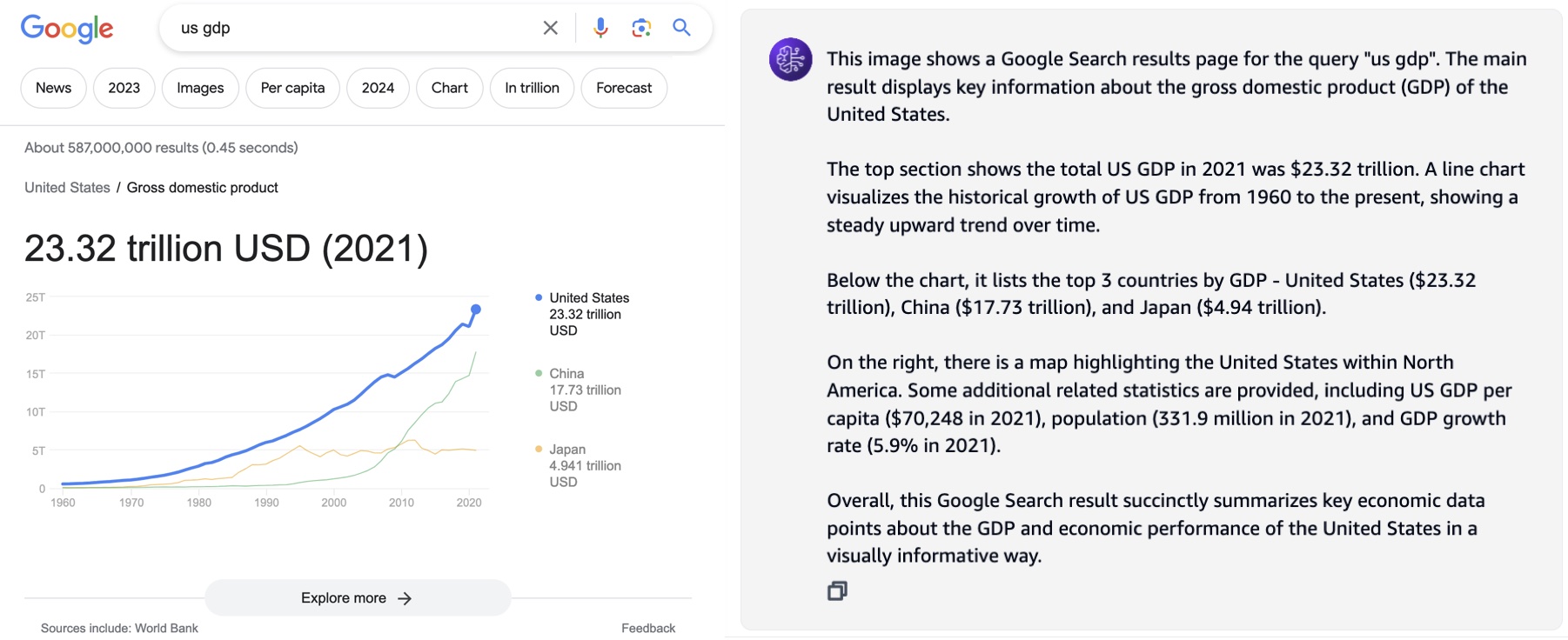
Expanded language support – Claude 3 has improved understanding and responding in languages other than English, such as French, Japanese, and Spanish. This expanded language coverage allows Claude 3 Sonnet to better serve multinational corporations requiring AI services across different geographies and languages, as well as businesses requiring nuanced translation services. Claude 3 Sonnet is also stronger at coding and mathematics, as evidenced by Anthropic’s scores in evaluations such as grade-school math problems (GSM8K and Hendrycks) and Codex (HumanEval).
To learn more about Claude 3 Sonnet’s features and capabilities, visit Anthropic’s Claude on Amazon Bedrock and Anthropic Claude model in the AWS documentation.
Get started with Anthropic’s Claude 3 Sonnet in Amazon Bedrock
If you are new to using Anthropic models, go to the Amazon Bedrock console and choose Model access on the bottom left pane. Request access separately for Claude 3 Sonnet.
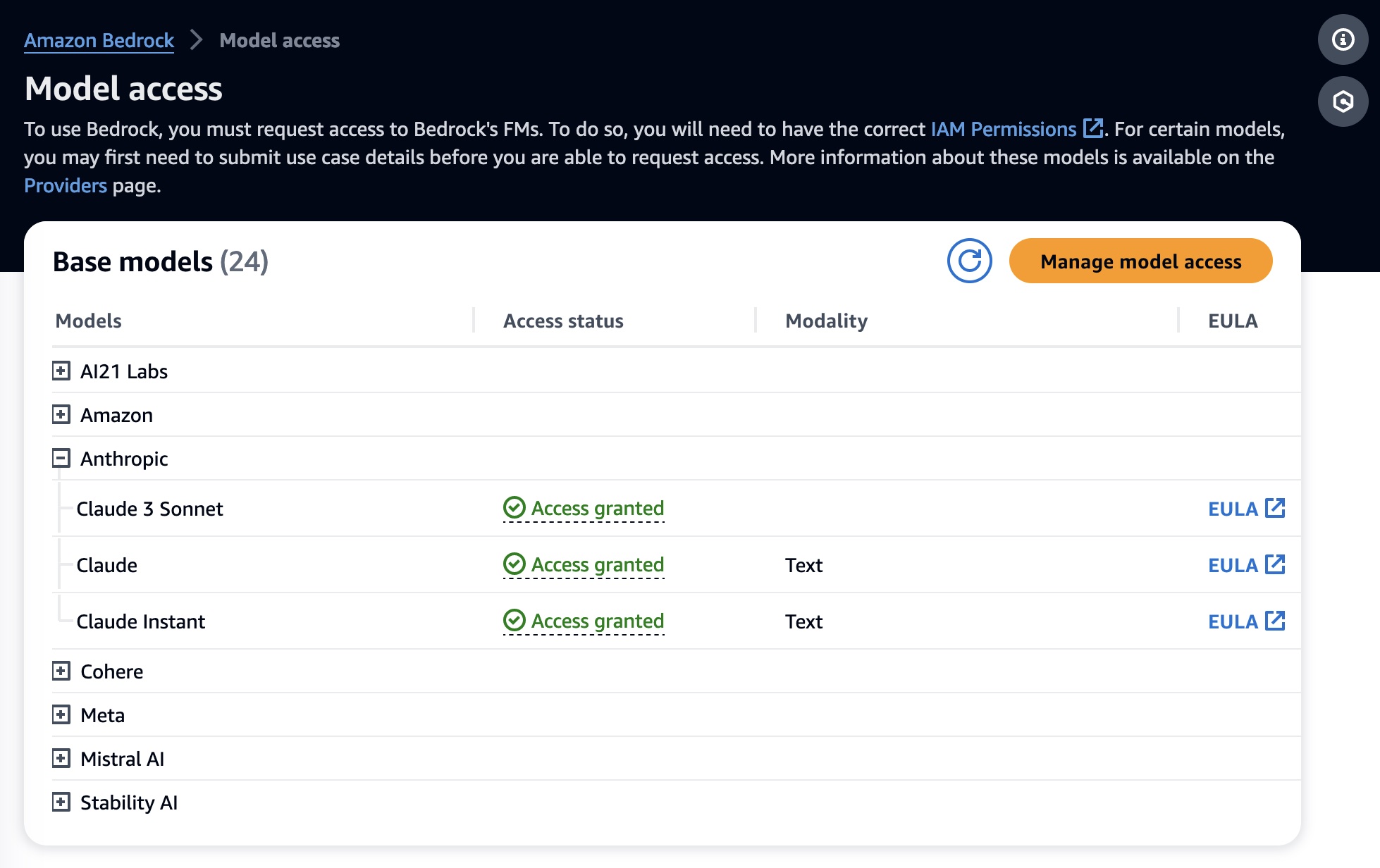
To test Claude 3 Sonnet in the console, choose Text or Chat under Playgrounds in the left menu pane. Then choose Select model and select Anthropic as the category and Claude 3 Sonnet as the model.
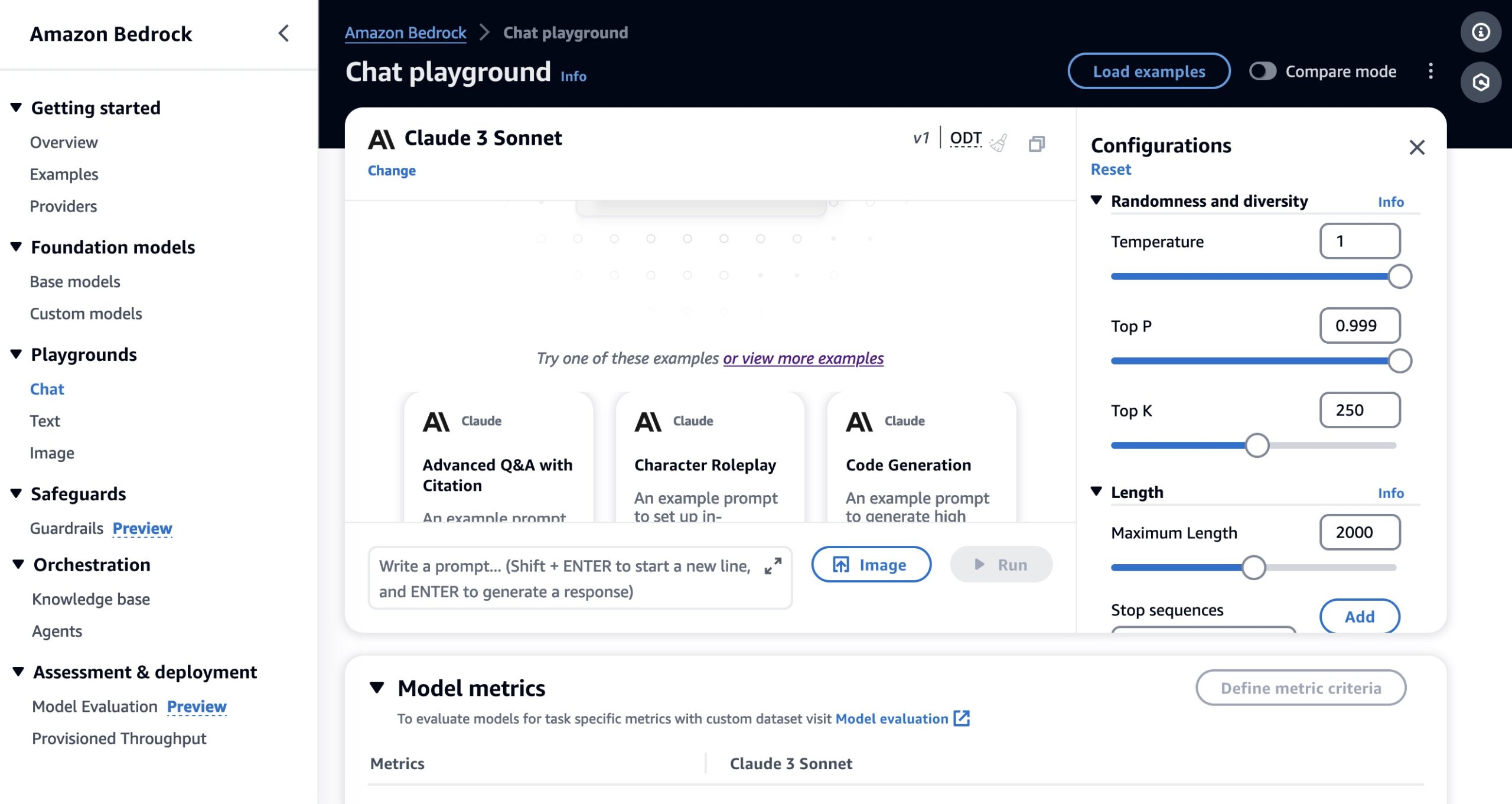
To test more Claude prompt examples, choose Load examples. You can view and run Claude 3 specific examples, such as advanced Q&A with citations, crafting a design brief, and non-English content generation.
By choosing View API request, you can also access the model via code examples in the AWS Command Line Interface (AWS CLI) and AWS SDKs. Here is a sample of the AWS CLI command:
aws bedrock-runtime invoke-model
--model-id anthropic.claude-3-sonnet-v1:0
--body "{"prompt":"Write the test case for uploading the image to Amazon S3 bucketnHere are some test cases for uploading an image to an Amazon S3 bucket:nn1. **Successful Upload Test Case**:n - Test Data:n - Valid image file (e.g., .jpg, .png, .gif)n - Correct S3 bucket namen - Correct AWS credentials (access key and secret access key)n - Steps:n 1. Initialize the AWS S3 client with the correct credentials.n 2. Open the image file.n 3. Upload the image file to the specified S3 bucket.n 4. Verify that the upload was successful.n - Expected Result: The image should be successfully uploaded to the S3 bucket.nn2. **Invalid File Type Test Case**:n - Test Data:n - Invalid file type (e.g., .txt, .pdf, .docx)n - Correct S3 bucket namen - Correct AWS credentialsn - Steps:n 1. Initialize the AWS S3 client with the correct credentials.n 2. Open the invalid file type.n 3. Attempt to upload the file to the specified S3 bucket.n 4. Verify that an appropriate error or exception is raised.n - Expected Result: The upload should fail with an error or exception indicating an invalid file type.nnThese test cases cover various scenarios, including successful uploads, invalid file types, invalid bucket names, invalid AWS credentials, large file uploads, and concurrent uploads. By executing these test cases, you can ensure the reliability and robustness of your image upload functionality to Amazon S3.","max_tokens_to_sample":2000,"temperature":1,"top_k":250,"top_p":0.999,"stop_sequences":["nnHuman:"],"anthropic_version":"bedrock-2023-05-31"}"
--cli-binary-format raw-in-base64-out
--region us-east-1
invoke-model-output.txt
Upload your image if you want to test image-to-text vision capabilities. I uploaded the featured image of this blog post and received a detailed description of this image.
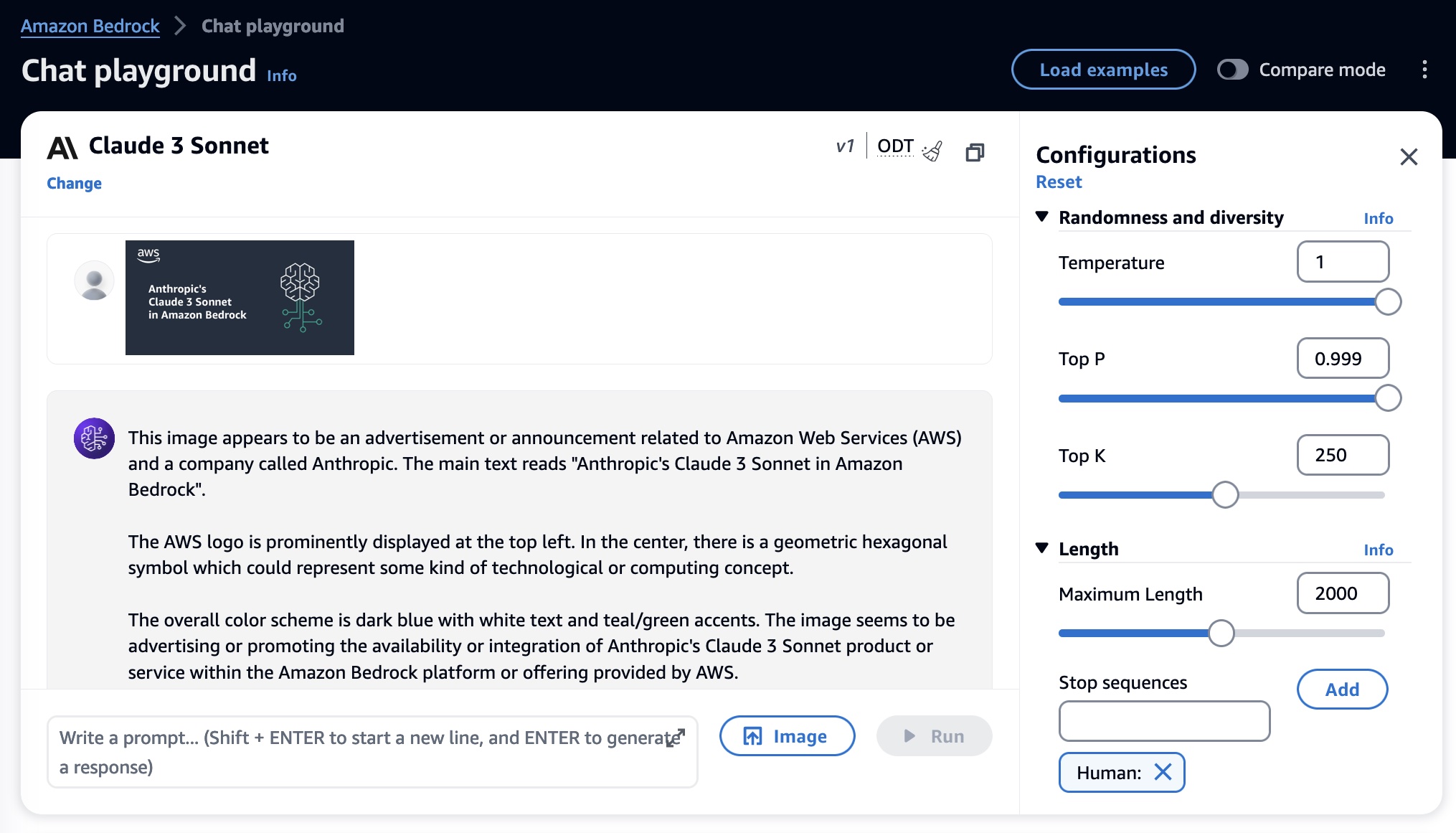
You can process images via API and return text outputs in English and multiple other languages.
{
"modelId": "anthropic.claude-3-sonnet-v1:0",
"contentType": "application/json",
"accept": "application/json",
"body": {
"anthropic_version": "bedrock-2023-05-31",
"max_tokens": 1000,
"system": "Please respond only in Spanish.",
"messages": {
"role": "user",
"content": [
{
"type": "image",
"source": {
"type": "base64",
"media_type": "image/jpeg",
"data": "iVBORw..."
}
},
{
"type": "text",
"text": "What's in this image?"
}
]
}
}
}
To celebrate this launch, Neerav Kingsland, Head of Global Accounts at Anthropic, talks about the power of the Anthropic and AWS partnership.
“Anthropic at its core is a research company that is trying to create the safest large language models in the world, and through Amazon Bedrock we have a change to take that technology, distribute it to users globally, and do this in an extremely safe and data-secure manner.”
Now available
Claude 3 Sonnet is available today in the US East (N. Virginia) and US West (Oregon) Regions; check the full Region list for future updates. The availability of Anthropic’s Claude 3 Opus and Haiku in Amazon Bedrock also will be coming soon.
You will be charged for model inference and customization with the On-Demand and Batch mode, which allows you to use FMs on a pay-as-you-go basis without having to make any time-based term commitments. With the Provisioned Throughput mode, you can purchase model units for a specific base or custom model. To learn more, see Amazon Bedrock Pricing.
Give Anthropic’s Claude 3 Sonnet a try in the Amazon Bedrock console today and send feedback to AWS re:Post for Amazon Bedrock or through your usual AWS Support contacts.
— Channy
